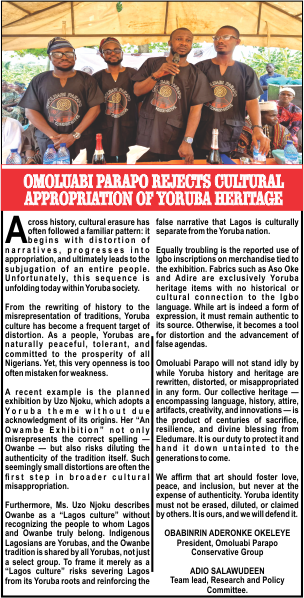
By Sooter Saalu
Good documentation transforms a product into something people can truly use. It’s what connects the technical expertise of developers with the practical needs of users.
The biggest misunderstanding about documentation is thinking it’s just about explaining a product’s features. While that’s part of it, documentation is really about making things easier for the person using the tool. It’s not just a manual—it’s a guide that helps users understand how the product fits into their work. When I worked with Expanso to rework their data product’s documentation, the goal wasn’t just to write instructions. It was to ensure that anyone—whether they were a beginner or a seasoned engineer—could quickly make sense of the tool.
One challenge I’ve noticed is that developers often assume users will “just get it.” They use jargon, acronyms, and shortcuts because it’s second nature to them. But most users don’t think like developers. They’re just trying to get their work done.
When the language in the documentation isn’t accessible, it creates a disconnect. I’ve worked with teams to simplify their language and rethink their explanations, and every time, the result has been better user experiences. People engage more with the product when they feel supported by clear and practical guidance.
Effective documentation isn’t just for engineers. Many users of data tools are analysts, business managers, or even small business owners who may not have technical backgrounds. Focus on making data pipelines easier to understand for small businesses. If documentation isn’t clear, users would give up before they even got started. By focusing on practical, easy-to-follow steps, we made sure that even non-technical users could confidently use the product.
Another thing I’ve learned is that good documentation keeps users coming back. It’s not just for onboarding—it’s what helps users grow with the product over time. Detailed documentation can encourage users to explore advanced features and stick with the product longer. On the flip side, unclear or outdated documentation often leads to frustration, which drives users away.
One mistake teams make is treating documentation like a one-time task. Products evolve, and the documentation needs to keep up. Features are added, workflows change, and outdated information can cause major headaches for users. I have a system to keep the documentation updated regularly. This wasn’t just to keep things neat—it was to make sure users always had accurate, reliable information at their fingertips.
Engaging documentation also makes a difference. Static pages of text can feel dull, but interactive examples and live demos help users learn faster. For Redpanda, we added features like live code snippets, so users could try things out directly within the documentation. It turned the content into a hands-on tool rather than just a reference guide.
Good documentation isn’t just a nice-to-have—it’s essential. It connects people with the tools they need, solves their problems, and helps them get the most out of a product. Developers might see their code as the foundation of a product, but documentation is what ensures it can be understood and used by others. When done well, it doesn’t just explain—it empowers users, making the product accessible and effective for everyone.
READ MORE FROM: NIGERIAN TRIBUNE
WATCH TOP VIDEOS FROM NIGERIAN TRIBUNE TV
- Let’s Talk About SELF-AWARENESS
- Is Your Confidence Mistaken for Pride? Let’s talk about it
- Is Etiquette About Perfection…Or Just Not Being Rude?
- Top Psychologist Reveal 3 Signs You’re Struggling With Imposter Syndrome
- Do You Pick Up Work-Related Calls at Midnight or Never? Let’s Talk About Boundaries






